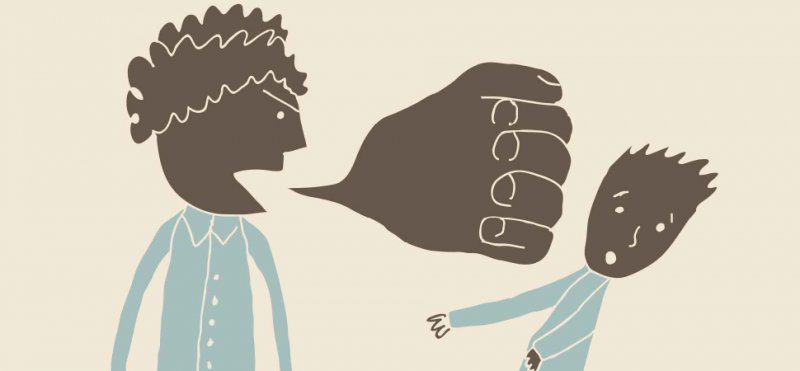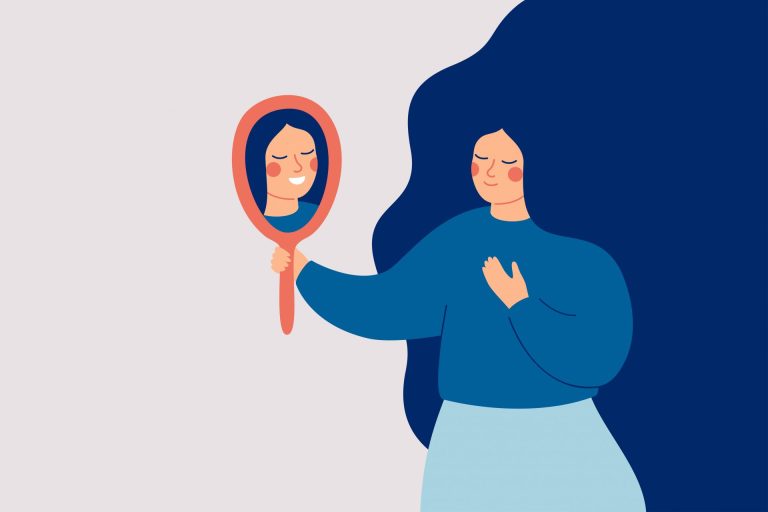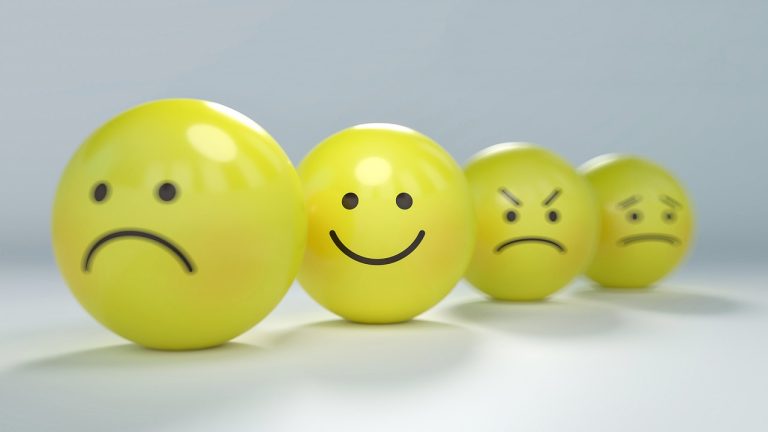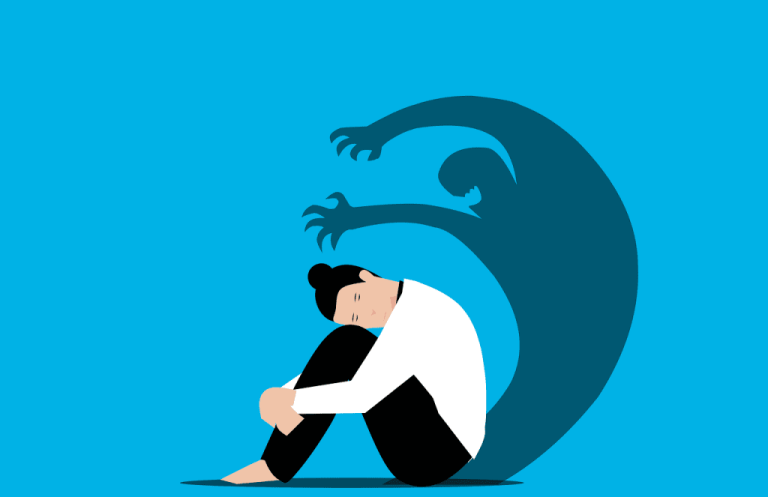Recognising healthy and unhealthy aggression
First we need to differentiate between healthy and unhealthy aggression. Unhealthy aggression would be one that is destructive and that threatens either the aggressive person or others around them. Healthy aggression, on the other hand, is pure energy. It’s the necessary drive that allows us to move forward when doing anything in life. When we see something we like, the excitement in us grows in our need to contact the other.
Aggression in itself is relational – it is what allows us to contact other people and experiences around us. Aggression is both something that is directed outside, towards the Other, but also towards our Selves (ourselves) as it changes us both in the process of contacting each other and connecting with each other.
Philip Lichtenberg, a gestalt therapist, calls these two types of aggression inclusive and exclusive aggression.
Inclusive aggression would be something healthy. The person with this form of aggression believes that, if they reach out to something in their surroundings, their need will be met. It serves a purpose of engaging with the object of attention – either going for something we want, or overcoming obstacles we encounter on the way to what we want.
They have the ability to listen to others, and to respond appropriately so they would stay connected to them. They are very comfortable with their identities and they constantly ask the other person to assert themselves in the relationship. They are comfortable with standing up for themselves, and asking the others to do the same. They are able to take their own vulnerabilities and needs into consideration, as well as those others may have. They are aware that a relationship can tolerate differences, as long as both parties give each other enough space to grow, and choose to meet when they want to. They know they have to occasionally leave in order to be able to eventually come back.
Exclusive aggression, on the other hand, would be something characterized by unpredictable behaviors and indecision, having in its core the belief that “we have to pay a price for everything we get in life” – they probably had to work hard to get someone’s love, and are now sending the same message to the person that loves them (If you love me, you will have to make sacrifices. That’s the only way I will ever know you love me). In a relationship (be it a friendship, partnership, family relation…), they use one of the following mechanisms: domination, escalating force, retracting from the relationship (whether emotionally or physically), hiding away, hiding themselves and their hurt or desires. They connect with the other in a different way – they don’t see themselves or the other, all they see is their core conviction and fear. Whenever their partner, friend, lover, child expresses a need for something that doesn’t meet their initial expectation, they take it personally and either act in a threatening way or retract from the relationship entirely. They are, in a way, melted together with their significant Other, or they expect that’s how it should be. There’s no healthy boundary between them, no healthy distinction. This is why, whenever they hurt themselves or the other, they both suffer, the relationship suffers. The excessive use of force (in whichever form) is a direct reaction to their personal feelings of vulnerability, anxiety and helplessness.
If you think that you can benefit from professional support on this issue you can reach out here.
Branka Mlinar is a psychologist and Gestalt therapist offering psychotherapy and counseling to adolescent and adult individuals. She’s mostly worked with problems of anxiety, interpersonal and relationship issues, procrastination, work-related stress, trauma, and grief.
References:
Lichtenberg, P. (2012). Inclusive and exclusive aggression: Some (Gestalt) reflections. Gestalt Review, 16(2), 145-161.
Perls, F. S. (1947). Ego, hunger and aggression. George Allen & Unwin.







